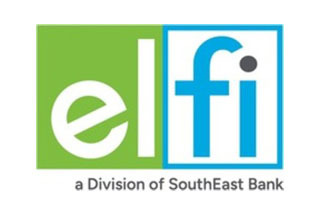FAFSA Opens: All Students Can Now Apply for College Financial Aid for 2025-26

The Free Application for Federal Student Aid, better known as the FAFSA, is now open to all students for the 2025-26 academic year.
The U.S. Department of Education officially released the form Thursday, ahead of its self-imposed deadline of Dec. 1. Earlier this week, the department expanded access to all applicants as part of an open beta test.
The Education Department says that over 167,000 students completed the FAFSA during the testing period, which started on Oct. 1. And those students do not need to resubmit now that the form has formally launched.
All students — regardless of family income — who want to be considered for federal-, state- or college-level aid are encouraged to fill out the FAFSA. The information is used to award scholarships, student loans, federal work-study programs, grants and more.
Even though the form is open until June 2026, financial aid advocates recommend filling it out as soon as possible because some states and schools use the financial information from the FAFSA to award their own aid on a first-come, first-served basis.
Why was the FAFSA delayed (again)?
The FAFSA typically opens on Oct. 1 each year. This year, the Education Department only let a few hundred students begin filling out the form on that date as part of the initial stages of the phased rollout.
The department released the FAFSA this way so that it can test and monitor for any issues students run into while filling out the form — all in an effort to avoid a repeat of last year, when the government launched an updated version of the form known as "Better FAFSA."
That newly designed form, which was used for the 2024-25 academic year, had a disastrous debut. The updated form drastically cut down the number of questions in an attempt to simplify the financial aid process. But last year, the FAFSA was anything but simple.
For starters, it was released about three months behind schedule and was riddled with technical glitches, which set into motion a domino effect that delayed college award letters and acceptance deadlines. In some cases, the fiasco kept students from committing to a college at all.
Universities, financial aid advocates, families and lawmakers blasted the Education Department for the botched FAFSA.
For the 2025-26 form, the department seems to have taken those critiques seriously. On Tuesday, the Education Department said it has already beefed up its FAFSA support staff by 700 people and has plans to add 225 additional agents in the coming weeks.
So far, the nonprofit National Association of Student Financial Aid Administrators, or NASFAA, said the roll out has been “heartening” and that the department’s transparency and rigorous beta testing this year is “helping restore the trust that has been lost” over the issues stemming from last year.
To get started on the new 2025-26 form, students and families should gather their financial documents, such as tax returns and bank statements, then log in to (or create an account on) StudentAid.gov to begin filling out the new form. (For more advice on filling out the form, read Money's step-by-step guide to filling out the FAFSA.)
Despite the beta testing of the new FAFSA, it’s possible some technical glitches will happen. Families should monitor the Education Department’s beta testing hub for updates and work-arounds to popular issues.
More from Money:
How to Pay for College Without Student Loans
What Happens to Student Loans If Trump Shuts Down the Education Department?
Here's Who Actually Got Student Loan Forgiveness — and How They Benefited







